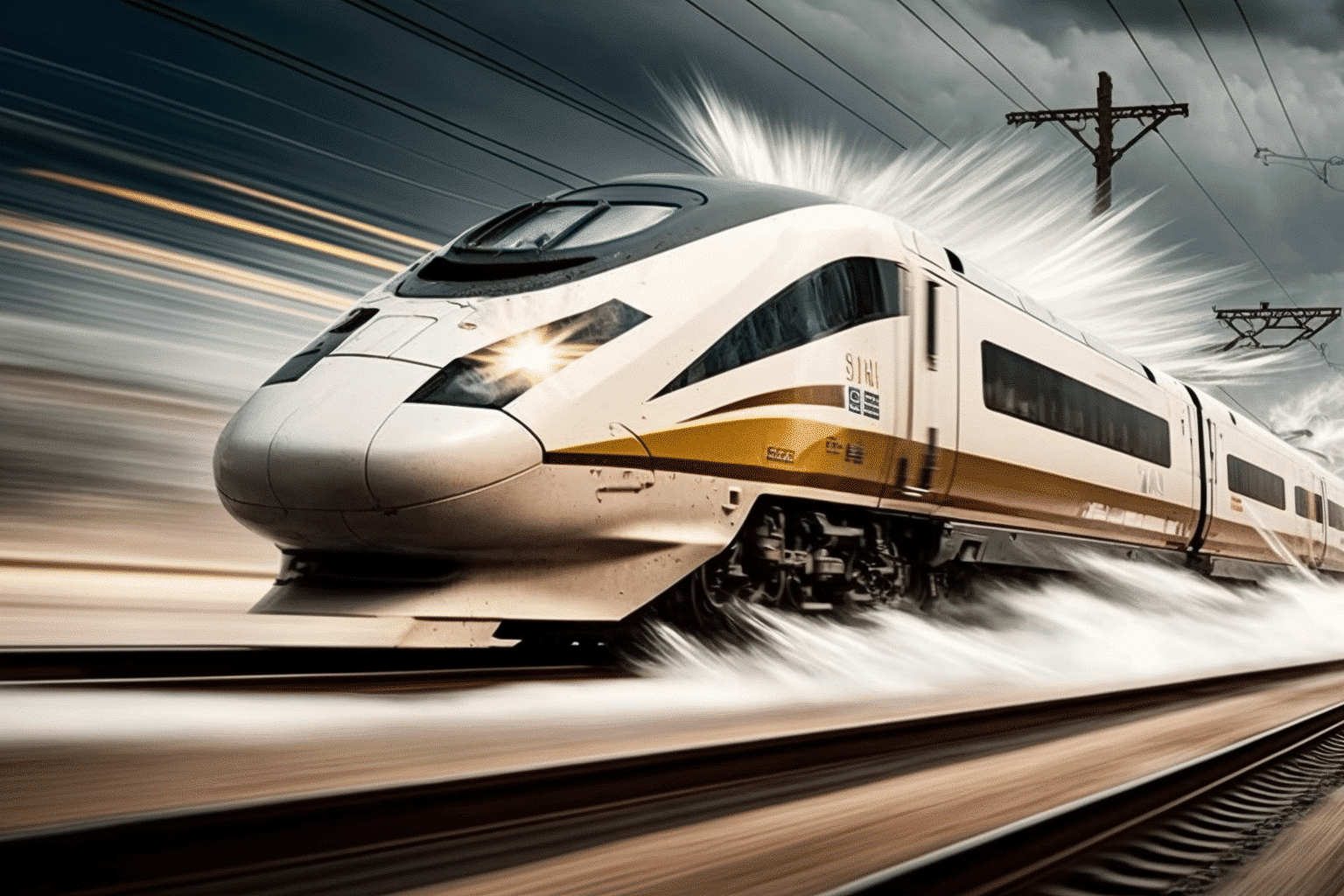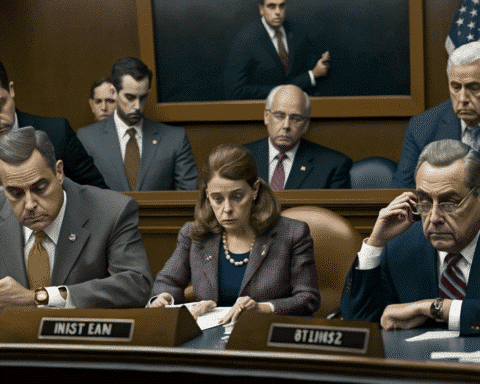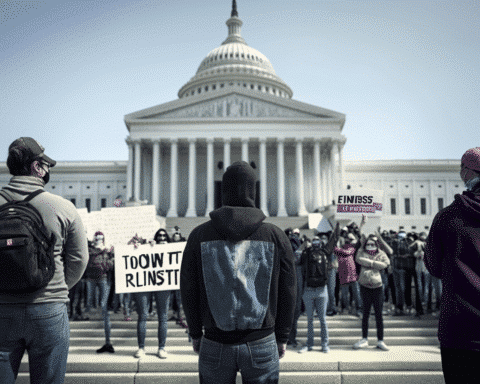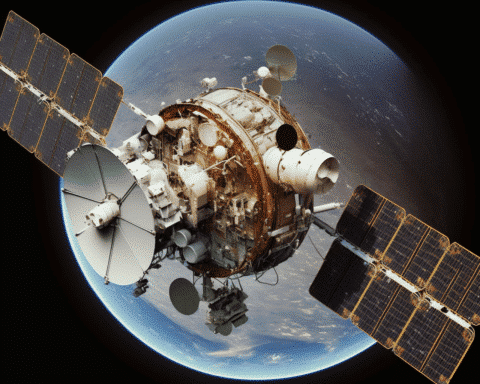California’s high-speed rail project, a dream that was supposed to connect San Francisco to Los Angeles in under three hours, has turned into a nightmare for taxpayers. The project, which was initially slated for completion in 2020, has seen its price tag skyrocket from $33 billion to $128 billion, and it is currently around 80 years behind schedule.
Project Cost continues to Balloon
The latest update on the project’s cost came from High Speed Rail Authority officials, who now estimate the project will cost $128 billion, a 13% increase from last year’s projection. The train’s cost from Bakersfield to Merced, which spans only 163 miles, is now projected to be $35 billion, exceeding the original estimated cost of $33 billion for the train to travel from Los Angeles to San Francisco, a distance of approximately 382 miles.
No Timeline for Completion
Despite the massive increase in cost, HSRA officials did not offer an updated timeline for when the project would be finished. The Bakersfield-Merced line has been given a deadline of 2030, but engineers and project managers predict it will not be finished in this century. With the project unlikely to ever be completed, California’s taxpayers are left with a hefty bill and little to show for it.
Built on a Fantasy
The high-speed rail initiative was deemed a mere fantasy, constructed based on the idealism of California’s climate advocates, disregarding a host of challenges, such as procuring land and complying with the state’s climate laws and advocacy groups. It was likely also a scheme promoted by labor unions and developers eagerly seeking to secure the state’s profitable contracts.
Incompetent California Democrats
The entire saga has been predictable and underscores just how incompetent the California Democratic Party really is. California’s Democratic Party has imposed an expensive burden on taxpayers with the high-speed rail project, yet they appear to lack the courage to concede that it is a failure.
For decades to come, the high-speed rail project will remain a burden on California residents, with Democrats in the state having little to display for their efforts except for a few incomplete railway structures haphazardly scattered throughout expropriated farmland.
So, What’s Going On?
As the project nears its 14th year since voters approved it, the initial vision of a train whisking passengers from San Francisco to Los Angeles in a few hours has all but vanished. Instead, the focus has shifted to a shorter, less expensive route from Bakersfield to Merced, which itself faces delays and uncertainties.
Despite the high price tag, ongoing delays, and questionable benefits, the project’s supporters are determined to see it through to the end. They argue that high-speed rail is essential to reduce traffic congestion, promote economic development, and combat climate change.
However, the reality is that the high-speed rail project in California has become a textbook example of government overspending, mismanagement, and failed promises. The project has been plagued by political infighting, bureaucratic obstacles, and legal challenges from opponents.
In the end, the high-speed rail project in California has become a cautionary tale of what can happen when politicians and bureaucrats fail to plan, execute, and deliver on their promises. The state’s taxpayers deserve better, and it is time for California’s leaders to acknowledge their mistakes and chart a new course that prioritizes fiscal responsibility, accountability, and common sense.




